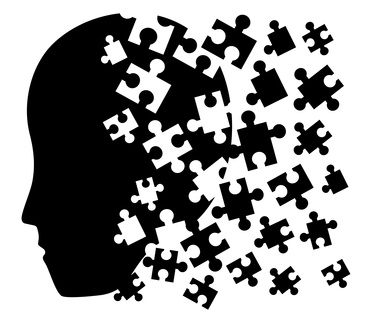I believe it is possible for a family historian to bring their ancestors to life on the page, give them a face, emotions and motivations all while drawing from research, facts, and social history. Characterization is the tool we use in creative nonfiction to make this happen. Characterization gives us the opportunity to make our ancestors vivid for our readers through details, description, dialogue and a complete understanding of their lives before and after the scope of the story.
When we write family history, some of the work of characterization is done for us. Our ancestor has lived; the family history is a matter of fact, the physical description defined for us; our ancestor’s actions played out. You would think that would make it easier. However, unlike fiction, our job does not fall into making things up but in doing justice to the facts, filtering our research through our emotions, biases, and experiences. We must dig deep to understand our ancestor and make them dance on the page. We must have an intimate understanding of who they were on a diversity of levels.
Our job is to engage our readers by connecting them with our ancestors, characters in the story. Characters drive stories, not events. Your reader does not invest in a story because of an event. While it helps to structure your story around events, readers invest in a story because they make an emotional connection with the character. They root for them; something about them resonates with them, and they want to know what happens to them. We want the same to hold true for our family history stories. We want our readers to love our ancestors and to find an emotional bond to them. When we achieve this, not only will they fall in love with the story, but they will also have a stronger desire to know more about their family history. After all, this is our ultimate goal, to have our family see the reward in realizing their own history. This is why we need characterization when we write our family history stories.
In our family history we look to a variety of sources to draw out our ancestor’s character.
- A physical description
- Their possessions
- Their dialogue
- Their actions and reactions
- Their own written words
- Anecdotes
- What others say and write about them
- Other’s reactions to them
Character profiles or in the case of family history, an ancestor profile is the ideal tool to capture the information needed to paint this picture. A character profile assists the writer in realizing a character that is lifelike and it helps the writer to make sure there is a continuity throughout the story. An ancestor profile helps you to organize your thoughts about an individual ancestor, keep track of their idiosyncracies and relationships. It can help you flesh out an ancestor that you’ve never met, and fully realize the physical, physiological and sociological make-up of your ancestor.
You will find an extensive Ancestor Profile worksheet in the Authentic Ancestors workbook, along with a great deal of instruction for completing it.
Once you understand your ancestor through completing an Ancestor Profile, you will be well-prepared to use the information to write your scenes that in turn will bring your ancestor to life on the page.

